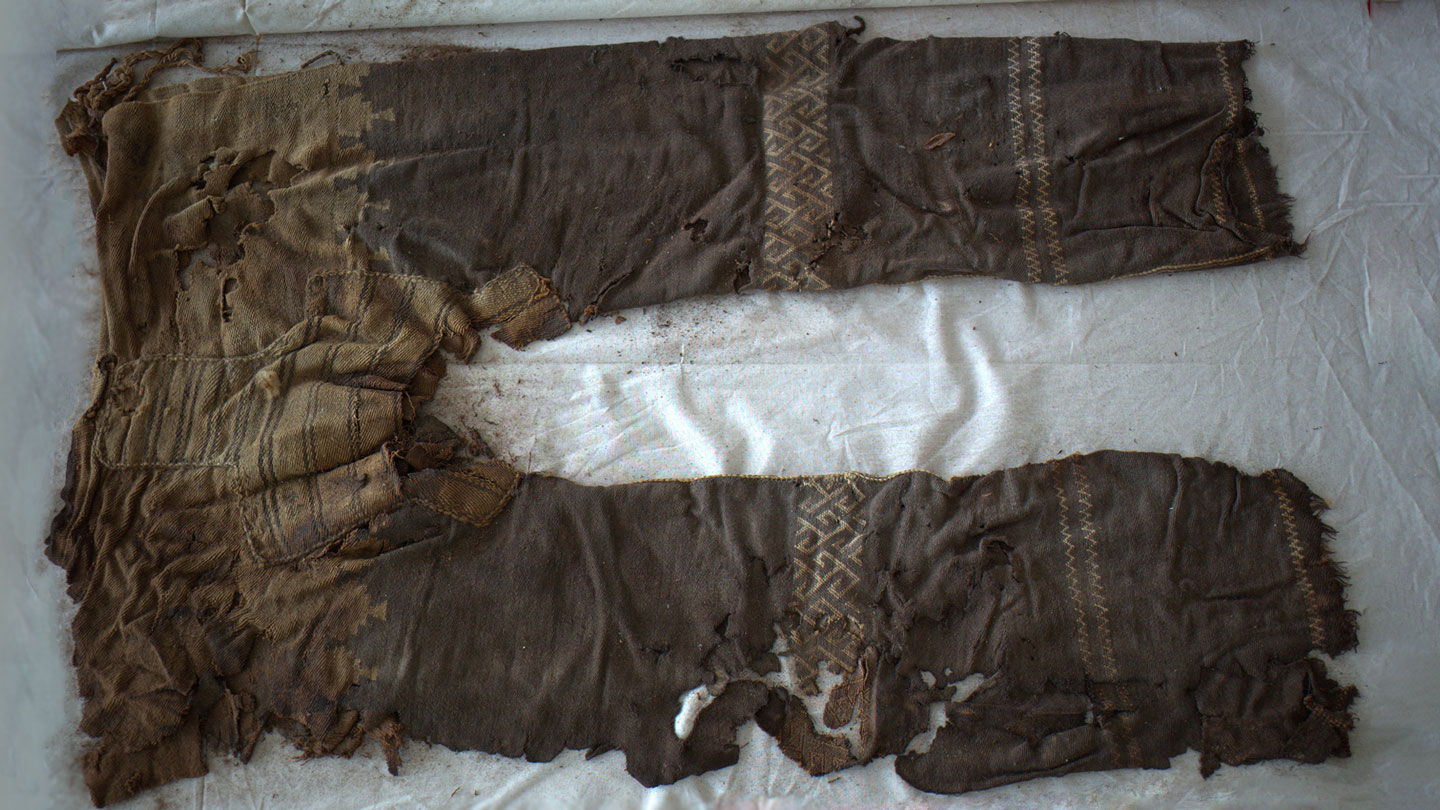Fashion Conscious: Susan J. Vincent’s The Anatomy of Fashion

“Every generation is born to this same anatomical legacy; how they then fashion it with clothing is, in miniature, the story of culture,” argues Susan J. Vincent in her sweeping study, The Anatomy of Fashion: Dressing the Body from the Renaissance to Today. Clothing not only makes the man and woman, but also makes the spirit of each age. Rather than simply covering over our bodies, fashion reveals our innermost soul. Vincent takes the undervalued art of sartorial adornment and raises it to the level of its sister arts. The Anatomy of Fashion proves that there’s nothing frivolous about fashion when seen through the proper prism.
Vincent excels at breaking through the barriers commonly set against fashion as a serious art form. “In contrast to the art, music and literature of our cultural heritage, the clothing renders its wearers somehow less intelligent, less rational, less sexy, less like us,” Vincent explains. “I want to examine historical fiction and try to understand it on its own terms and within the context of its own chronological moment.” Laugh at the garb of your parents’ generation at your own peril, she maintains, for one day that laughter will strike at the look of your heyday and you too will know the pain of misunderstanding. “Clothes are everywhere in history, but comments on them tend to be piecemeal and fleeing,” Vincent adds, subtly hinting at the frustration she experienced in culling together material for her narrative. Yet, Vincent gathers enough sartorial lore to string together a compelling narrative that hangs as simply and beautifully as a pearl necklace.
Vincent literally works from the head down, devoting chapters to head and neck, breasts and waist, hips and bottom, genitals and legs, and skin, in that order. Once she picks a location, she surrounds it with detail and fascinating juxtapositions of time and place. Her vivid prose brings the past alive in passages such as:
“It was the nineteenth century, somewhere around its middle years; the men were correct and dark figured, the ladies rustled and swayed at their sides, their brilliant skirts blooming like huge exotic flowers. For this was the age of the iridescent aniline dye, and the vast crinoline skirt that billowed and floated above its steel cage structure.”
Everything from powdered wigs to women’s corsets and their male counterparts, the doublet, find a place in Vincent’s tableau of fashion as an emblem of time and the evolution of culture. The idea that the ridiculously billowing gowns of the Elizabethans did not so much isolate women’s bodies as much as they extended them and, by extension, created additional opportunities for close encounters with the opposite sex, turns on its head every notion we may have of the stodgy people of the past. By looking at the clothes, Vincent makes us see the bodies of our ancestors. Whalebone corsets take on an entirely new dimension when you consider the impassioned hearts that once beat within them.
Even the classic conundrum of fashion, “Does my bum look big in this?” takes on a new meaning. “For most of the time from the start of the sixteenth century to the opening years of the twentieth,” Vincent shows, “the answer would have been a glorious, resounding and opulent yes.” The Anatomy of Fashion is a glorious, resounding, and opulent “yes” to the untapped energy of seeing fashion as a cultural artifact of the utmost intimacy.
[Many thanks to Berg Publishers for providing me with a review copy of Susan J. Vincent’s The Anatomy of Fashion: Dressing the Body from the Renaissance to Today.]





